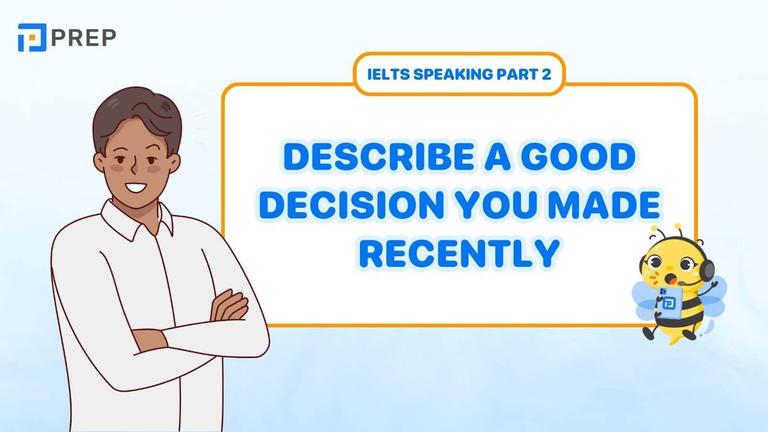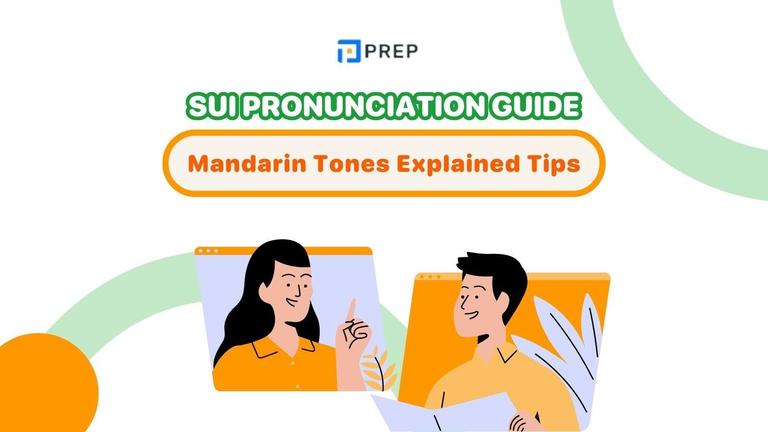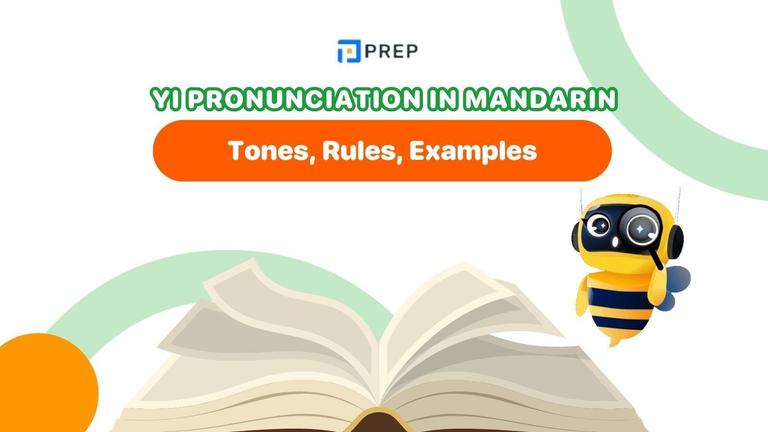Concessive Clauses: A Complete Guide to Expressing Contrast in English
Concessive clauses bridge opposition acknowledgment with argumentative strength—distinguishing sophisticated communicators from basic speakers. Five frameworks enable nuanced expression: conjunction integration, prepositional compression, adverbial separation, universal quantification, and emphatic negation.
Advanced users leverage these patterns for intellectual maturity and diplomatic communication, creating rhetorical flexibility while maintaining clear positions across complex discussions.

I. What Are Concessive Clauses and Why Do They Matter?
A concessive clause expresses an idea that contrasts with or seems to contradict the main clause, yet both statements remain true simultaneously. These grammatical structures serve as the bridge between simple, disconnected thoughts and complex, nuanced expressions that mirrors how we actually think and reason.
Why do concessive clauses matter so profoundly in English communication? They transform choppy, elementary sentences into flowing, sophisticated discourse that demonstrates advanced thinking. When you master these patterns, you move beyond stating facts to exploring the rich complexity of ideas, showing readers that you understand multiple perspectives while guiding them toward your conclusion. This skill proves essential for academic writing, professional communication, and any context where you need to present balanced, thoughtful analysis.

II. Some concessive clause structures in English
Let's examine 5 common concessive clause structures in English!
1. Concessive clauses with Although, Even though, Although
The table below outlines the concessive clause structure using Although, Even though, Though:
|
Although |
Even though |
Though |
|
|
Structure |
|
|
|
|
Example |
Although it is raining heavily, the sunlight is shining. |
Marry decided to move to Thailand even though she had never been there before.
|
Although the restaurant is beautifully decorated, the food is terrible. This phone is very expensive. John really wants it, though. |
2. Concessive clauses with In spite of, despite
The table below outlines the structure of concessive clauses using In spite of and Despite, specifically:
|
In spite of |
Despite |
|
|
Structure |
|
|
|
Example |
In spite of his injury, Alex will still play in Sunday's match. |
I still enjoyed the weekend despite the bad weather. |
3. Concessive clauses with WH-ever
How are concessive clauses with WH-ever used? Check out the structure and some examples below!
Structure:
WH-ever + Subject 1 (S1) + Verb 1 (V1), S2 + V2
or
WH-ever + Noun, S + V
For example:
- Whatever the outcome of the war, there will be no winners.
- Whenever I have free time, I go to sleep.
4. Concessive clauses with No matter
Let's learn and remember the structure and usage of concessive clauses with No Matter by reviewing the content below!
Structure:
No matter + WH-word + S1 + V1, S2 + V2.
For example:
- No matter how hard John tried, he failed the exam.
- No matter how long it takes, I still try to reach my dream.
5. Concessive clauses with However
To remember the formula and usage of English concessive clauses with "However", familiarize yourself with the following structure and examples below:
Structure:
However + Adjective/ Adverb + S1 + (may) + V1, S2 + V2.
For example:
- However hungry I am, I never finished the whole big pizza.
- However tired he was, Max continued working on his project all night.

III. The Pro Skill: Converting Between Grammatical Patterns
Advanced writers master the ability to express identical ideas using different concessive clauses, creating stylistic variety that prevents repetitive sentence structures. This flexibility allows you to adjust formality levels, sentence length, and emphasis to match your audience and purpose perfectly.
Consider how the same contrast can take multiple forms while maintaining identical meaning. This versatility empowers you to choose the most effective pattern for each specific context.
|
Although Pattern |
Despite Pattern |
However Pattern |
|
Although the economy showed signs of recovery, unemployment rates remained stubbornly high. |
Despite signs of economic recovery, unemployment rates remained stubbornly high. |
The economy showed signs of recovery. However, unemployment rates remained stubbornly high. |
|
Although she had limited resources, she managed to launch a successful startup. |
Despite having limited resources, she managed to launch a successful startup. |
She had limited resources. Nevertheless, she managed to launch a successful startup. |
|
Although the medication caused side effects, patients reported improved quality of life. |
Despite causing side effects, the medication helped patients report improved quality of life. |
The medication caused side effects. However, patients reported improved quality of life. |
IV. The Golden Rule of Punctuation
Punctuation rules for concessive clauses follow logical patterns that guide readers through complex sentence structures. Understanding the reasoning behind these rules helps you apply them consistently across all writing contexts.
Rule 1: Introductory Concessive Clauses When a concessive clause introduces your sentence, place a comma before the main clause begins. This comma signals to readers that the introductory information has ended and the main point starts.
-
Example: "Although the presentation ran longer than scheduled, the audience remained engaged throughout."
-
The comma after "scheduled" clearly marks the transition from background information to the primary statement.
Rule 2: Following Concessive Clauses When the concessive clause follows the main clause, no comma appears between them because the flow moves naturally from main idea to qualifying information.
-
Example: "The audience remained engaged throughout although the presentation ran longer than scheduled."
-
This pattern feels more conversational and places emphasis on the main clause first.
V. Deepen Your Expertise: Advanced Concession FAQs
This masterclass section addresses sophisticated questions that separate competent users from true experts in concessive clauses usage. Each answer provides comprehensive guidance for navigating complex situations and achieving precise expression.
-
What is a concessive clause?
A concessive clause is a dependent clause that expresses an idea contrasting with the main clause, yet both statements remain true simultaneously. These concessive clauses acknowledge obstacles or opposing viewpoints while maintaining the main statement's validity.
Example: "Although the weather was terrible, we enjoyed our camping trip."
This demonstrates sophisticated discourse by showing enjoyment occurred despite adverse conditions, emphasizing that both conditions exist together rather than one negating the other.
-
What are the 10 examples of subordinate clauses?
Subordinate clauses include various types beyond concessive structures:
-
Time: "When she arrived, the meeting had started"
-
Conditional: "If it rains, we'll stay inside"
-
Reason: "Because he studied hard, he passed"
-
Purpose: "She left early so that she could catch the train"
-
Result: "It was so cold that the lake froze"
-
Relative: "The book that I borrowed was excellent"
-
Place: "Wherever you go, I'll follow"
-
Manner: "She acted as if nothing happened"
-
Comparison: "He runs faster than I do"
-
Concessive: "Although it rained, we stayed outside”
-
What does concessive mean?
-
Etymology: Concessive derives from Latin "concedere," meaning "to yield" or "to grant."
-
Grammar definition: Concessive indicates acknowledging the truth of a contrasting point while maintaining your main argument's validity. This goes beyond simple opposition by demonstrating intellectual sophistication—recognizing legitimate counterarguments without abandoning your position.
-
Key insight: "Despite failing the first exam, she became the top student" shows concessive thinking: acknowledging initial failure while emphasizing ultimate success.
VI. Conclusion
Mastering concessive clauses transforms your English from adequate to exceptional, providing tools to navigate complex ideas with precision. These structures enable you to acknowledge multiple perspectives while guiding readers toward intended conclusions. The five foundational patterns offer comprehensive flexibility for any writing context. Through consistent practice, you'll develop an intuitive sense for choosing the most effective pattern.
Use concessive clauses to strengthen arguments, demonstrate sophisticated thinking, and create engaging prose. With these tools mastered, you'll express contrast with confidence and elegance that distinguishes truly skilled English users

Hi I'm Chloe, and I am currently serving as an Product Content Administrator at Prep Education. With over five years of experience in independent online IELTS study and exam preparation, I am confident in my ability to support learners in achieving their highest possible scores.
Comment
Premium content
View allPersonalized roadmap
Most read












